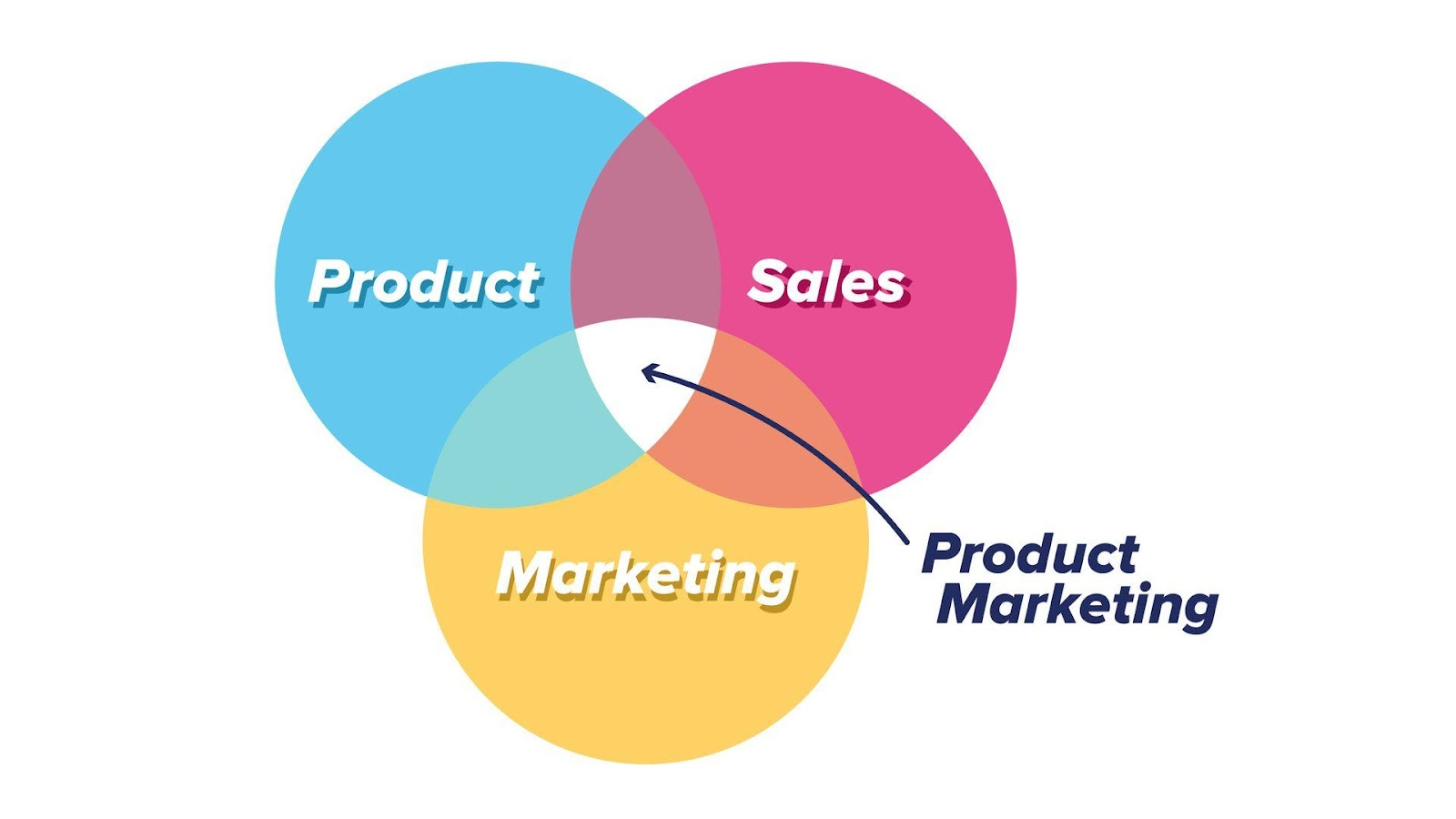
A long time ago, many businesses had different departments for marketing and sales. This is because most managers used to think that the two tasks were different. Recent years have shown businesses how closely these tasks are linked. Because of this, some businesses have combined their marketing and sales teams.
But even though marketing and sales have some things in common, their goals are not the same. Your marketing department's job is to make people aware of your company's brand and solidify that picture in the minds of potential customers. Customers are more likely to buy your product or service when they know about your brand. At this time, the sales department steps in to make sure the deal goes through.
The marketing and sales funnels reveal the different stages that are needed to complete each task. If you know about these stages, and marketing and sales funnel secrets, you can make more targeted sales and advertising efforts. So, this piece will show you how the marketing funnel and the sales funnel are different.
To begin, you should know that marketing takes place before sales. It includes all the things that are done to get people interested in the business and make them aware of it. That means it helps to get people interested, build the brand's image, and get the word out about the brand.
This funnel is made up of four parts, which are:
The company will do different things depending on where the customer is in the process. At the first stage, the goal is to stand out from other competitors and produce an enticing attracting power. This can be done if you know who your target audience is and make ads that are relevant to them. At the awareness stage, potential customers don't know much about your brand.
They may or may not know who you are. Because of this, you need to study the market and make ads that show how your product can help people. You can visit https://www.doxee.com/ to learn how to conduct a market research. During the awareness and consideration stages, you need to do more social media, pay-per-click advertising, search engine optimization, and other things.
In the conversion and loyalty stages, customers need to be involved more. Because of this, you need to make more content that meets their needs. You can focus on content marketing, nurturing efforts, and ads that reach the right people. These things will keep you in customers' thoughts all the time.
In this case, the funnel diagram shows the steps your customer takes to buy something. This is the best sales funnel that you can look at to get ideas on how to make your own. When a customer comes into the funnel, they already know your business brand and have done some study on it. At this point, people are really thinking about which service or product will best meet their wants.
This funnel is made up of five steps, which are:
At the awareness stage, you should work on making people more aware of your brand in ways that exceed marketing familiarity. You need to build a connection with the prospect by giving them useful information and answering their questions. You want to show them how your goods and services can help them more than what your competitors offer. You should be ready to share material that invites them to webinars where you will answer their questions.
When someone is in the interest or decision stages, you can use nurture ads to get their attention and make them think about buying. You can even set up a demonstration of the product. Remember that at this point, the prospect is also thinking about other options, so you need to be different and stand out.
What you need to do at the action stage is give specific reasons why your service or product is better. People will buy from you if you can prove that your goods meet their needs. This is also where people talk about prices.
You need to keep in touch with them after the sale. This is called the loyalty stage. To keep the connection going, you can use things like email newsletters, social media, loyalty programs, and more. They will keep coming back to do business because of this.
The main difference between a sales funnel and a marketing funnel is the final goal. A sales funnel is meant to turn potential customers into actual ones. The marketing funnel helps people who are likely to buy your brand connect with it.